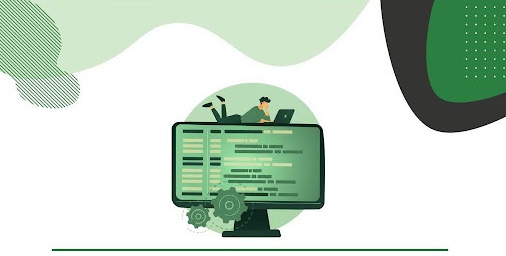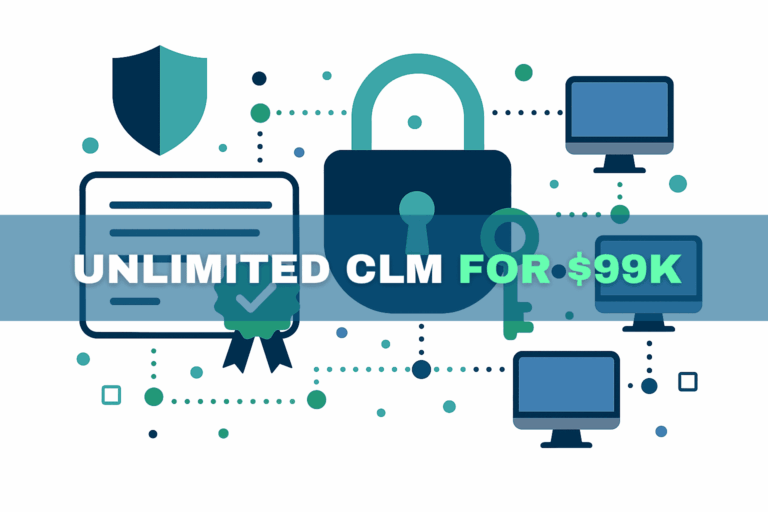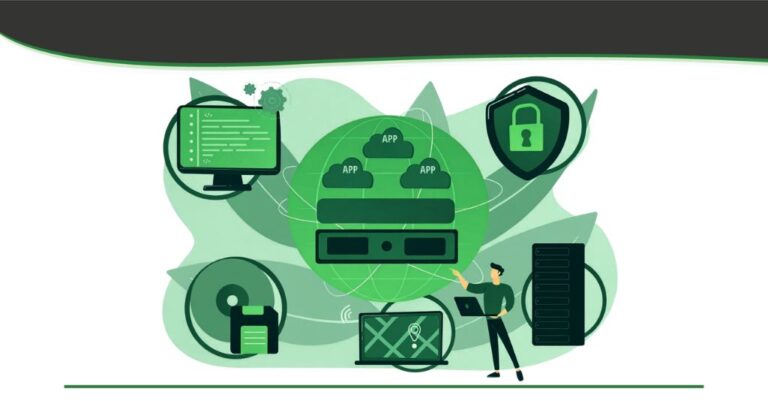Securing Email In An Enterprise Environment
Many organizations now rely on third-party email providers such as Exchange Online or Google Workspace. These services offer excellent availability, scalability, and uptime—but they also introduce risk. Since the provider controls the infrastructure, they technically have the ability to read, modify, or forge emails sent through their systems.
While the likelihood of such actions is low, eliminating the possibility is ideal. Fortunately, a well-established solution already exists: S/MIME (Secure/Multipurpose Internet Mail Extensions).
With S/MIME:
Signing your email protects integrity and ensures messages haven’t been altered or forged.
Encrypting your email ensures only you and your intended recipients can read the content.
This creates true end-to-end protection, securing messages before they reach the email provider.
S/MIME Deployment Challenges
If S/MIME effectively protects confidentiality and integrity, why isn’t it universally deployed? Like any technology, it comes with challenges—especially at enterprise scale. The three most significant obstacles include:
Issuing certificates and keys to thousands of users
Revoking access when employees leave the organization
Meeting compliance requirements, including e-discovery obligations
These issues arise because S/MIME keys are often distributed directly to end-users, making them difficult to manage, revoke, or audit consistently.
A better approach is to generate and store S/MIME keys centrally—never distributing private keys to end-user devices. Instead, users receive secure, proxied access to the keys when they need to sign or decrypt email.
In this model:
S/MIME private keys are stored securely inside an enterprise HSM cluster
Keys are never exported
Email clients access keys through a cryptographic provider that invokes the HSM remotely
Keys remain secure, auditable, and easy to manage
This ensures email stays fast, secure, and compliant—without burdening end-users.
GaraTrust Makes Deploying & Managing S/MIME Simple
With cryptographic providers integrated directly into employee email clients, GaraTrust enables transparent signing and encryption—without exposing private keys. Because keys are centrally stored and controlled, encrypted emails are always recoverable for legal, compliance, and e-discovery needs.
Even better, S/MIME is only one of the many use cases GaraTrust supports. The platform also strengthens and accelerates:
Code signing
SSH
TLS
Document signing
And other enterprise cryptographic workflows


